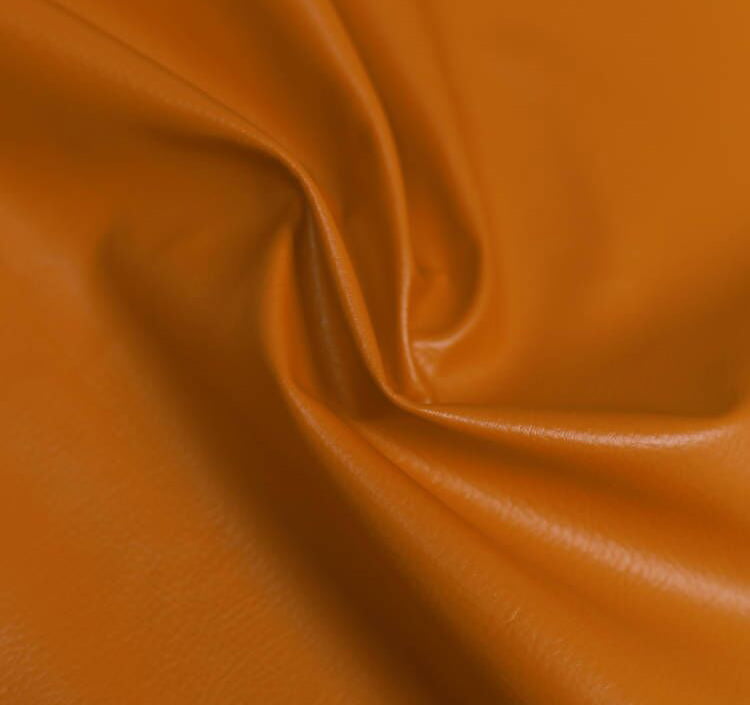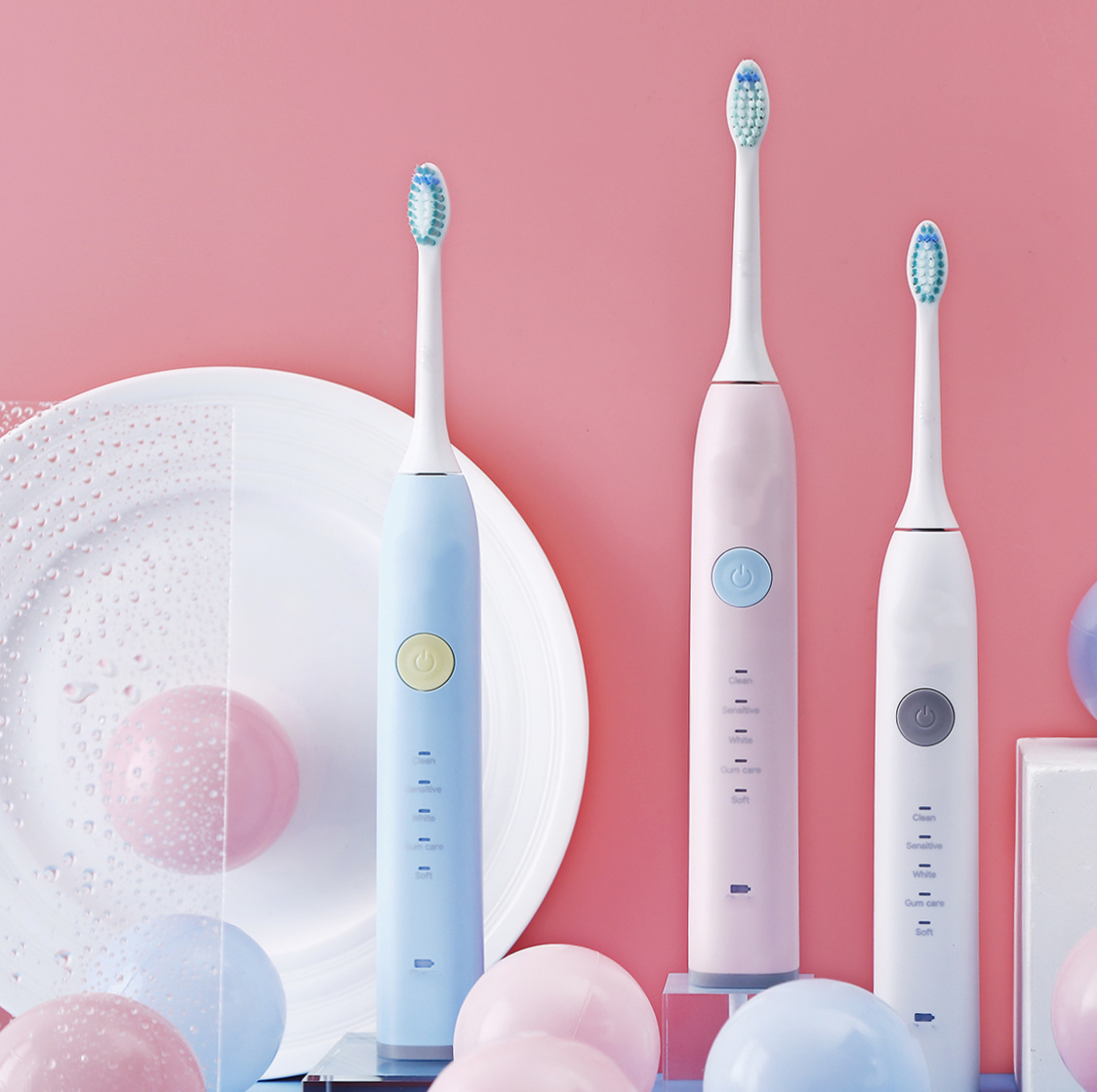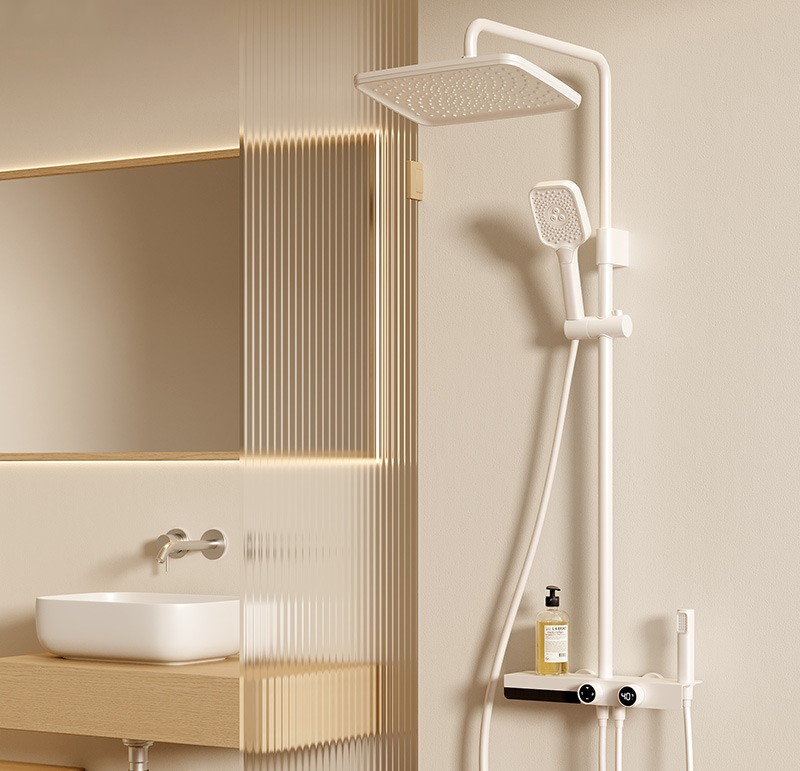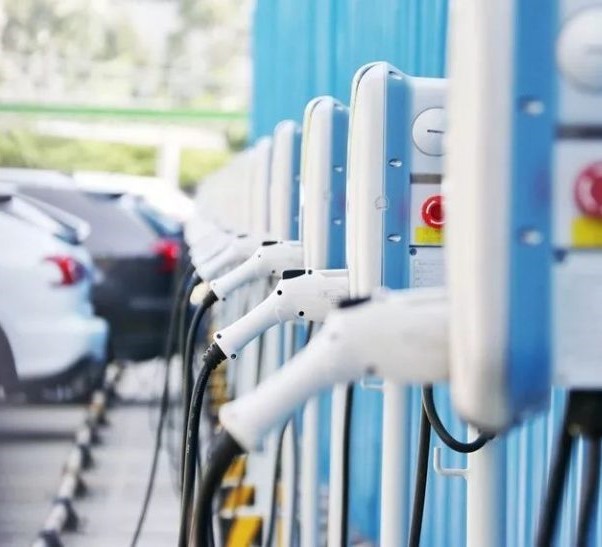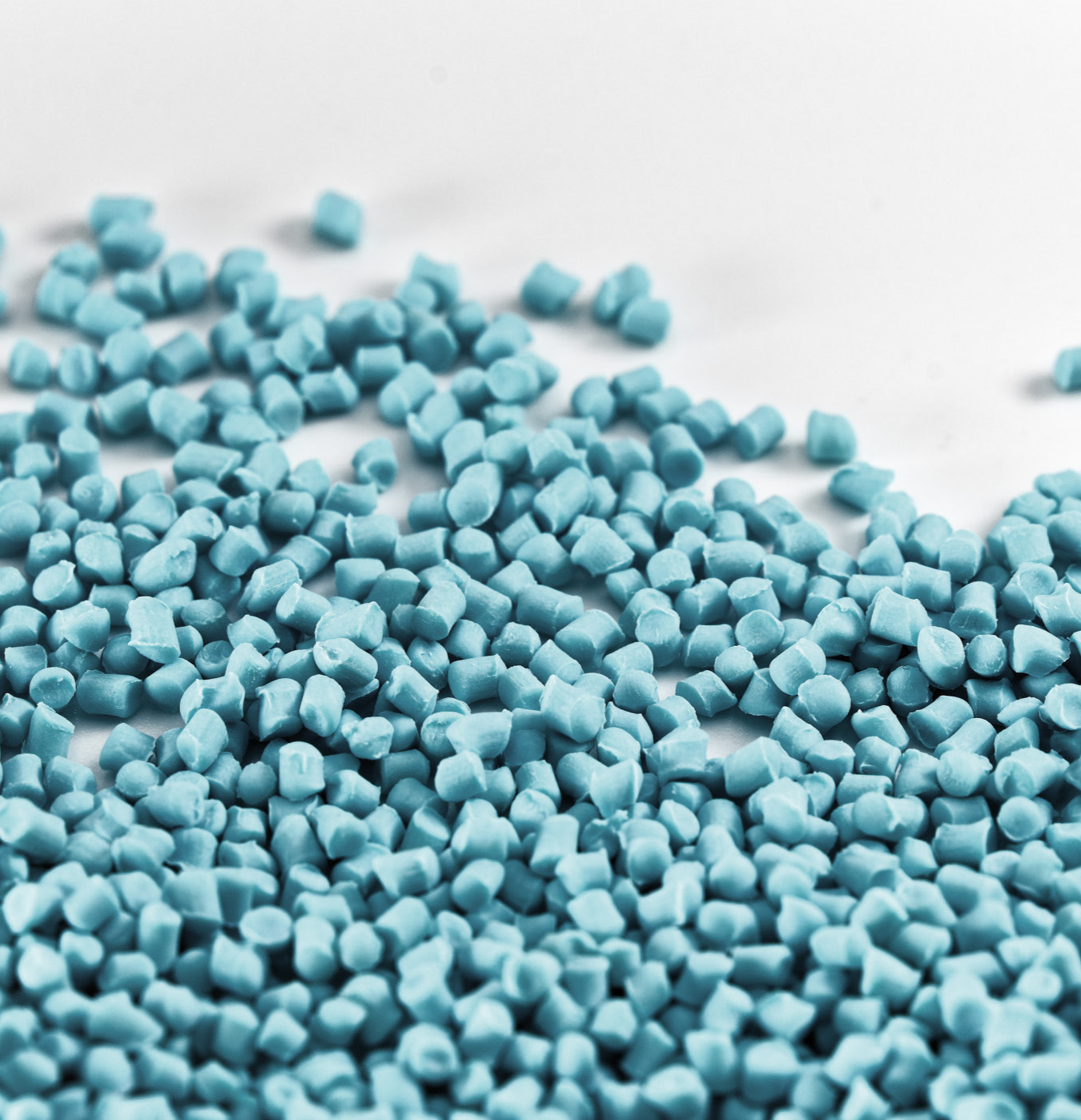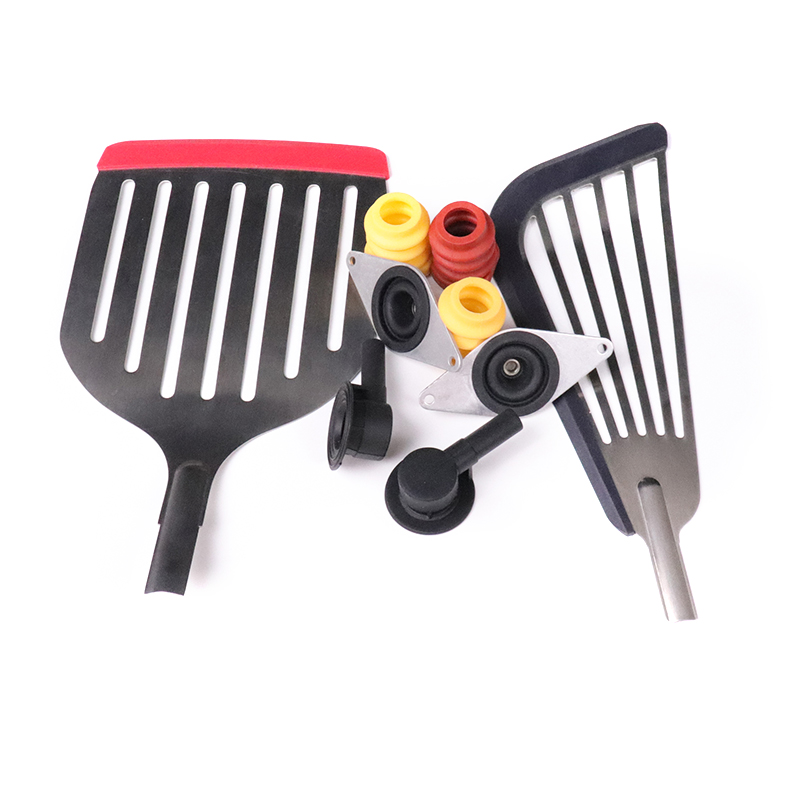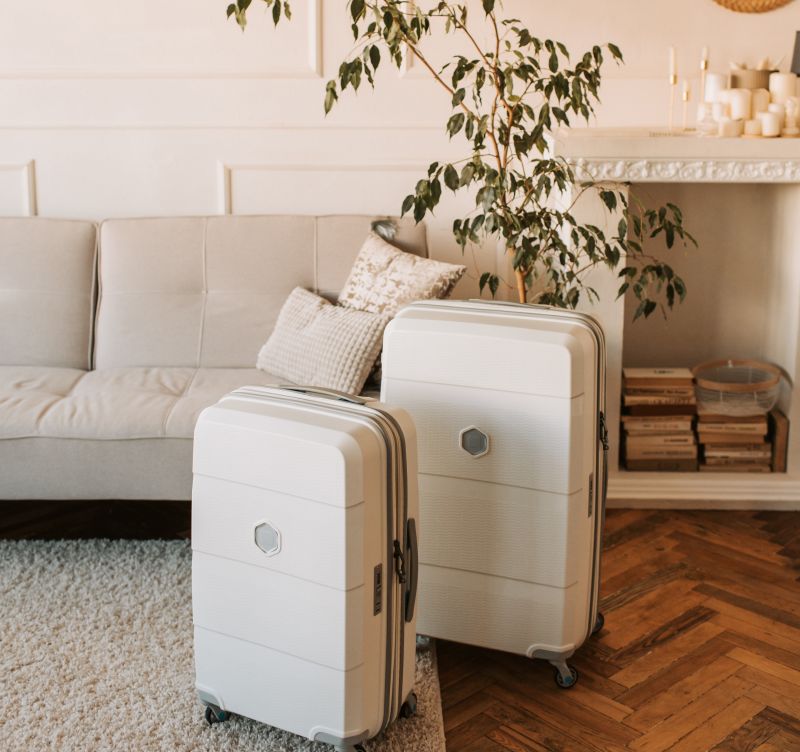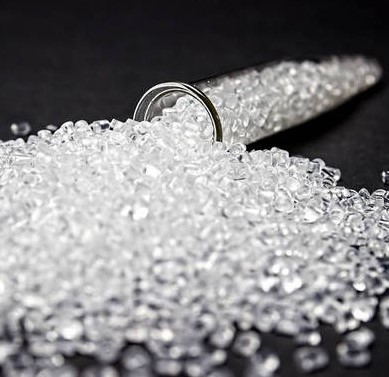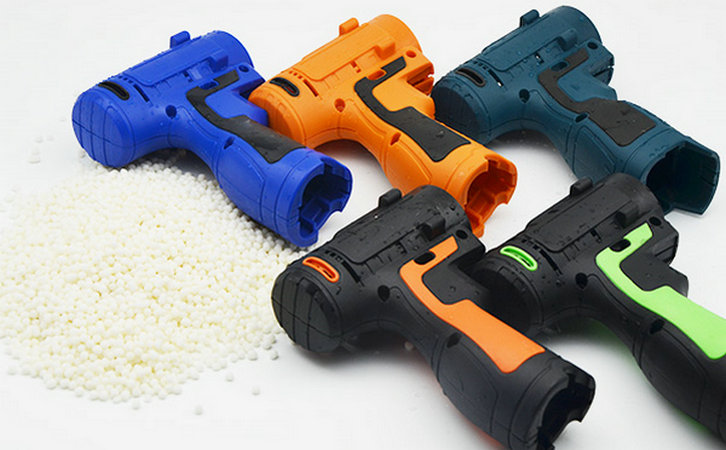
The Evolution: TPE Overmolding
TPE, or thermoplastic elastomer, is a versatile material that combines the elasticity of rubber with the rigidity of plastic. It can be molded or extruded directly, with TPE-S (styrene-based thermoplastic elastomer) commonly used, incorporating SEBS or SBS elastomers for thermoplastic engineering plastics. TPE-S is often referred to as TPE or TPR in the elastomer industry.
However, TPE overmolding, also known as thermoplastic elastomer overmolding, is a manufacturing process that involves molding a thermoplastic elastomer material (TPE) over a substrate or base material. This process is employed to combine the properties of the TPE, such as its flexibility and softness, with the specific characteristics of the underlying substrate, which could be a rigid plastic, metal, or another material.
TPE overmolding is divided into two kinds, one is real overmolding and the other is fake overmolding. TPE overmolding products are generally some handles and handle products, because of the special comfortable touch of the TPE soft plastic material, the introduction of TPE material enhances the product's grip ability and sense of touch. The distinguishing factor is the medium of the overmolding material, generally using two-color injection molding or secondary injection molding to cover the plastic is the real overmolding, while the shot sticking overmolding metal and fabric material is the fake overmolding, in the field of the real overmolding, the TPE material can be bonded with some general-purpose plastics, such as PP, PC, PA, ABS and so on, which has a wide range of uses.
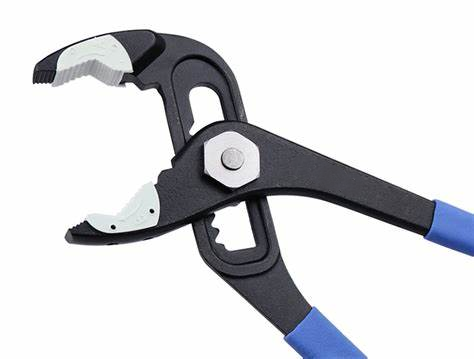
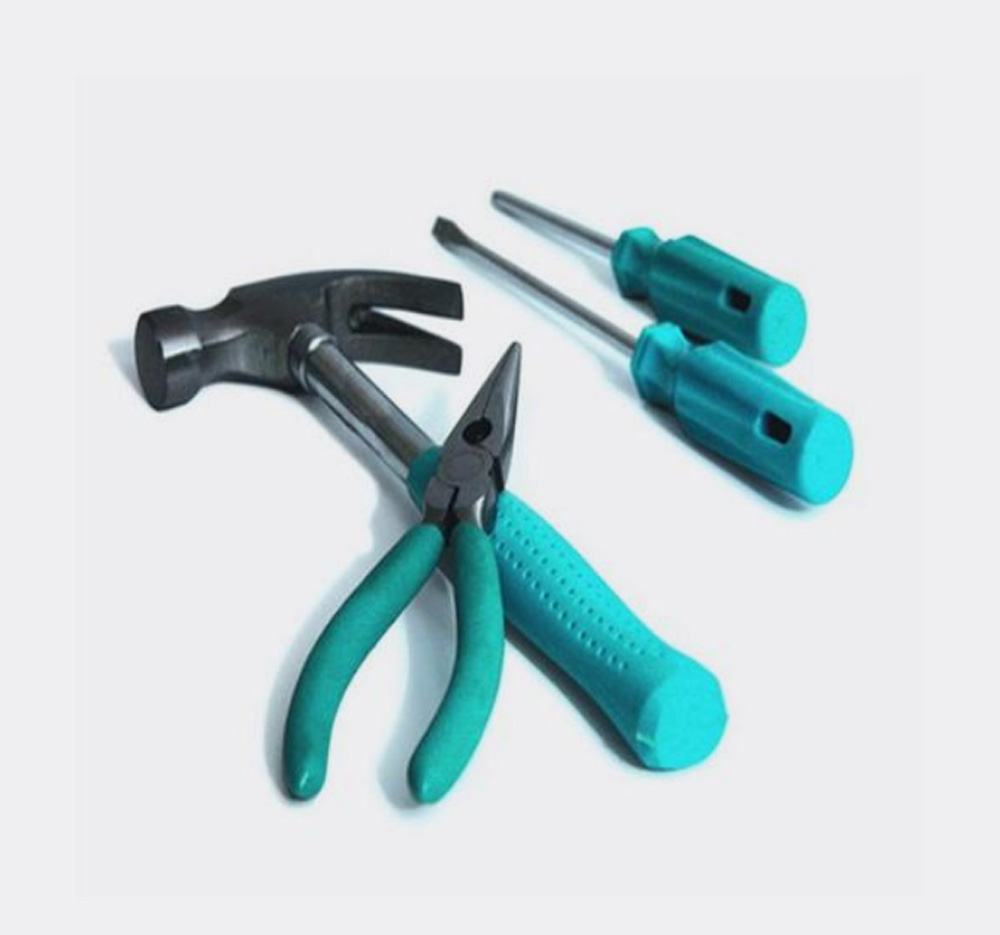
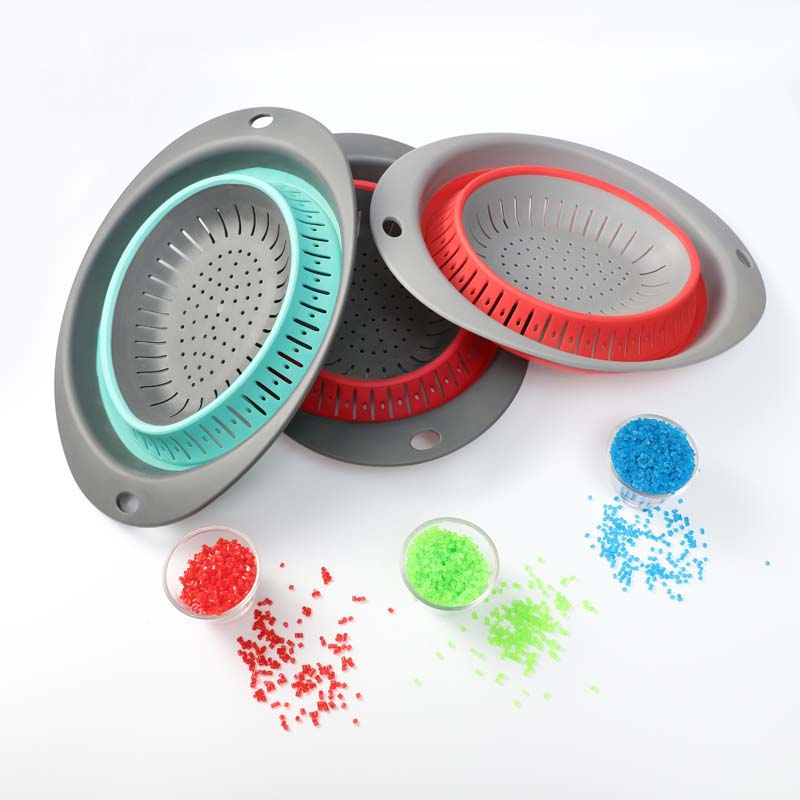
Advantages of TPE Material
1. Anti-Slip Properties: TPE provides a naturally non-slip surface, enhancing grip performance for various products like golf club grips, tool handles, toothbrush handles, and TPE over molded sports equipment.
2. Softness and Comfort: The soft nature of TPE, when used as an outer layer on hard rubber materials, ensures a comfortable and non-sticky feel.
3. Wide Hardness Range: With a hardness range typically between 25A-90A, TPE offers flexibility in design, allowing adjustments for wear resistance, elasticity, and more.
4. Exceptional Aging Resistance: TPE demonstrates strong resistance to aging, contributing to the longevity of products.
5. Color Customization: TPE allows for color customization by adding color powder or color masterbatch to the material formulation.
6. Shock Absorption and Waterproof Properties: TPE exhibits certain shock absorption and waterproof capabilities, making it suitable for bonding in desired areas and functioning as a sealing material.
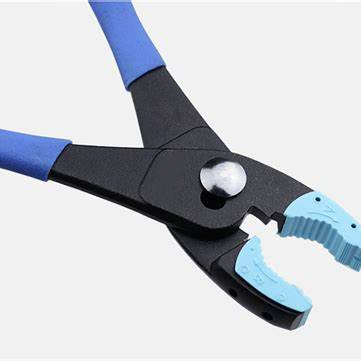
Causes for Unsecured TPE Overmolding
1.The difficulty of plastic overmolding analysis: commonly used plastics are ABS, PP, PC, PA, PS, POM, etc. Each type of plastic, basically has the corresponding TPE ovemolding material grade. Relatively speaking, PP is the best wrapping; PS, ABS, PC, PC + ABS, PE plastic wrapping second, but the wrapping technology is also very mature, to achieve a solid ovemolding without difficulty; nylon PA ovemolding difficulties will be greater, but in recent years the technology has made significant progress.
2. The main plastic overmolding TPE hardness range:PP overmolding hardness is 10-95A; PC, ABS overmolding ranges from 30-90A; PS overmolding is 20-95A; nylon PA overmolding is 40-80A; POM overmolding ranges from 50-80A.
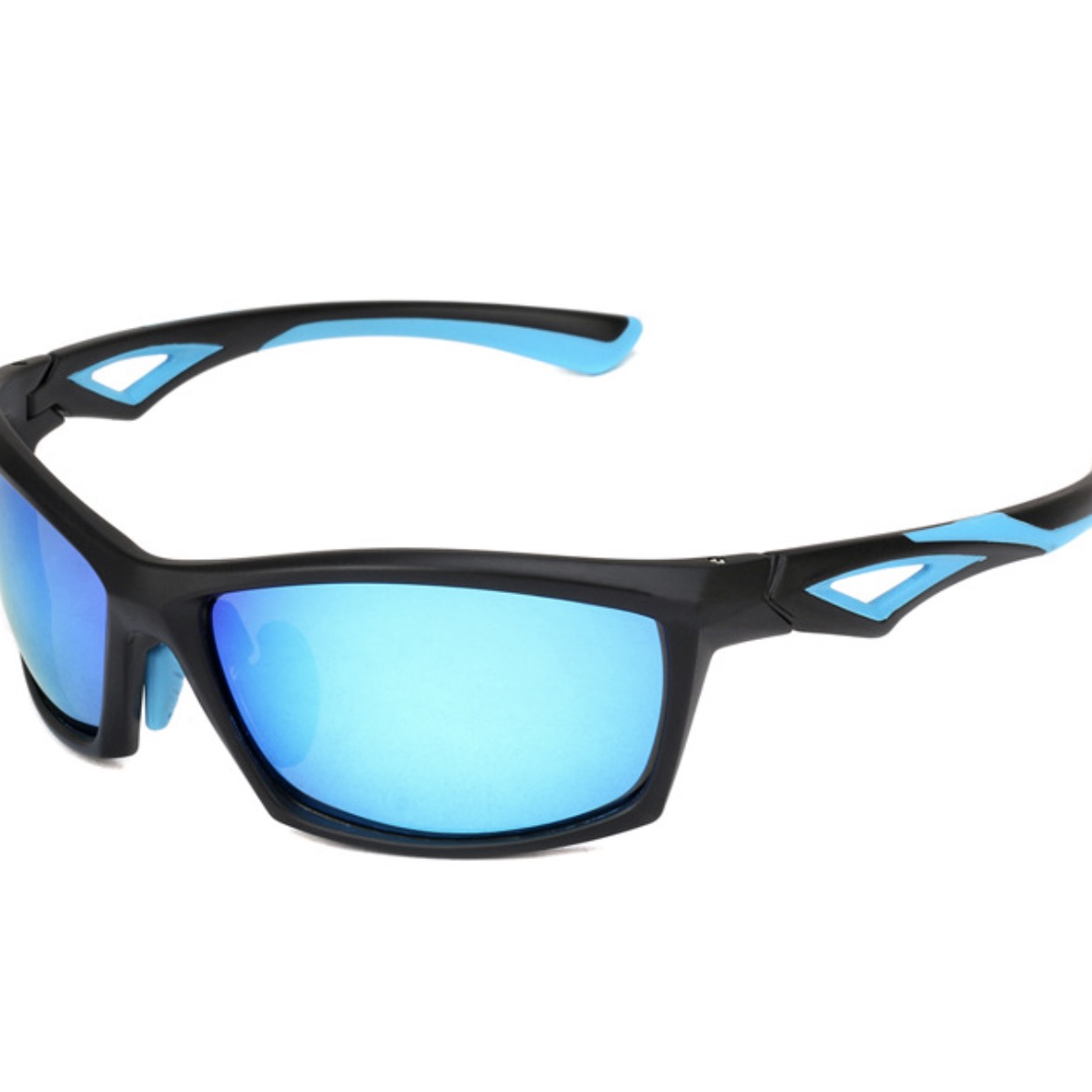
Challenges and Solutions in TPE Overmolding
1. Layering and Peeling: Improve TPE compatibility, adjust injection speed and pressure, and optimize gate size.
2. Poor Demolding: Change TPE material or introduce mold grain for less gloss.
3. Whitening and Stickiness: Manage additive amounts to address small molecular additives' outgassing.
4. Deformation of Hard Plastic Parts: Adjust injection temperature, speed, and pressure, or reinforce the mold structure.
The Future: Si-TPV's Answer to Common Challenges in Overmolding for Lasting Aesthetic Appeal
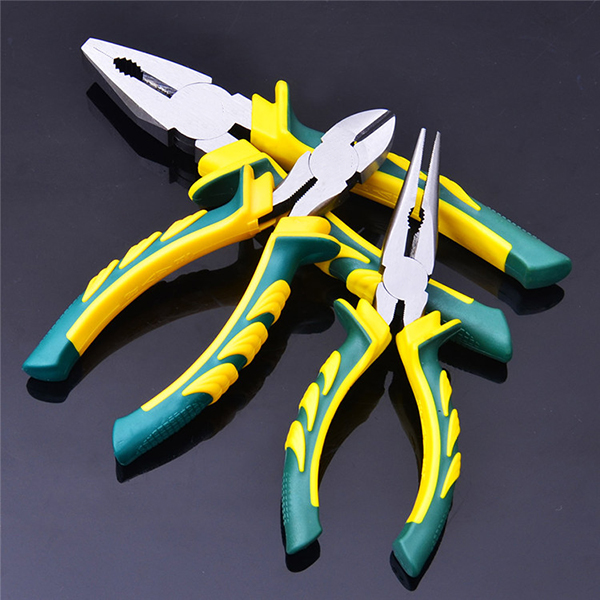

It's worth noting that the future of overmolding is evolving with superior compatibility with soft-touch materials!
This novel thermoplastic silicone-based elastomer will enable soft-touch molding across industries with comfortable and aesthetically pleasing.
SILIKE introduces a groundbreaking solution, vulcanizate thermoplastic Silicone-based elastomers(Short for Si-TPV), transcending traditional boundaries. This material combines the robust characteristics of thermoplastic elastomers with coveted silicone traits, offering a soft touch, silky feel, and resistance to UV light and chemicals.Si-TPV elastomers exhibit exceptional adhesion on various substrates, maintaining processability like conventional TPE materials. They eliminate secondary operations, leading to faster cycles and reduced costs. Si-TPV imparts an enhanced silicone rubber-like feel to finished over-molded parts. In addition to its remarkable properties, Si-TPV embraces sustainability by being recyclable and reusable in traditional manufacturing processes. This enhances eco-friendliness and contributes to more sustainable production practices.
Plasticizer-free Si-TPV elastomers are suitable for skin contact products, providing solutions across diverse industries. For soft overmolding in sports equipment, tools, and various handles, Si-TPV adds the perfect 'feel' to your product, fostering innovation in design and combining safety, aesthetics, functionality, and ergonomics while adhering to eco-friendly practices.
Advantages of Soft Overmolding with Si-TPV
1. Enhanced Grip and Touch: Si-TPV provides a long-term silky, skin-friendly touch without additional steps. It significantly enhances grip and touch experiences, especially in handles and grips.
2. Increased Comfort and Pleasant Feel: Si-TPV offers a non-tacky feel that resists dirt, reduces dust adsorption, and eliminates the need for plasticizers and softening oils. It does not precipitate and is odorless.
3. Improved Durability: Si-TPV increases durable scratch and abrasion resistance, ensuring long-lasting colorfastness, even when exposed to sweat, oil, UV light, and chemicals. It retains aesthetic appeal, contributing to product longevity.
4. Versatile Overmolding Solutions: Si-TPV self-adheres to hard plastics, enabling unique over-molding options. It easily bonds to PC, ABS, PC/ABS, TPU, PA6, and similar polar substrates without needing adhesives, showcasing exceptional over-molding capabilities.
As we witness the evolution of overmolding materials, Si-TPV stands out as a transformative force. Its unmatched soft-touch excellence and sustainability make it the material of the future. Explore the possibilities, innovate your designs, and set new standards across various sectors with Si-TPV. Embrace the revolution in soft-touch overmolding – the future is now!









